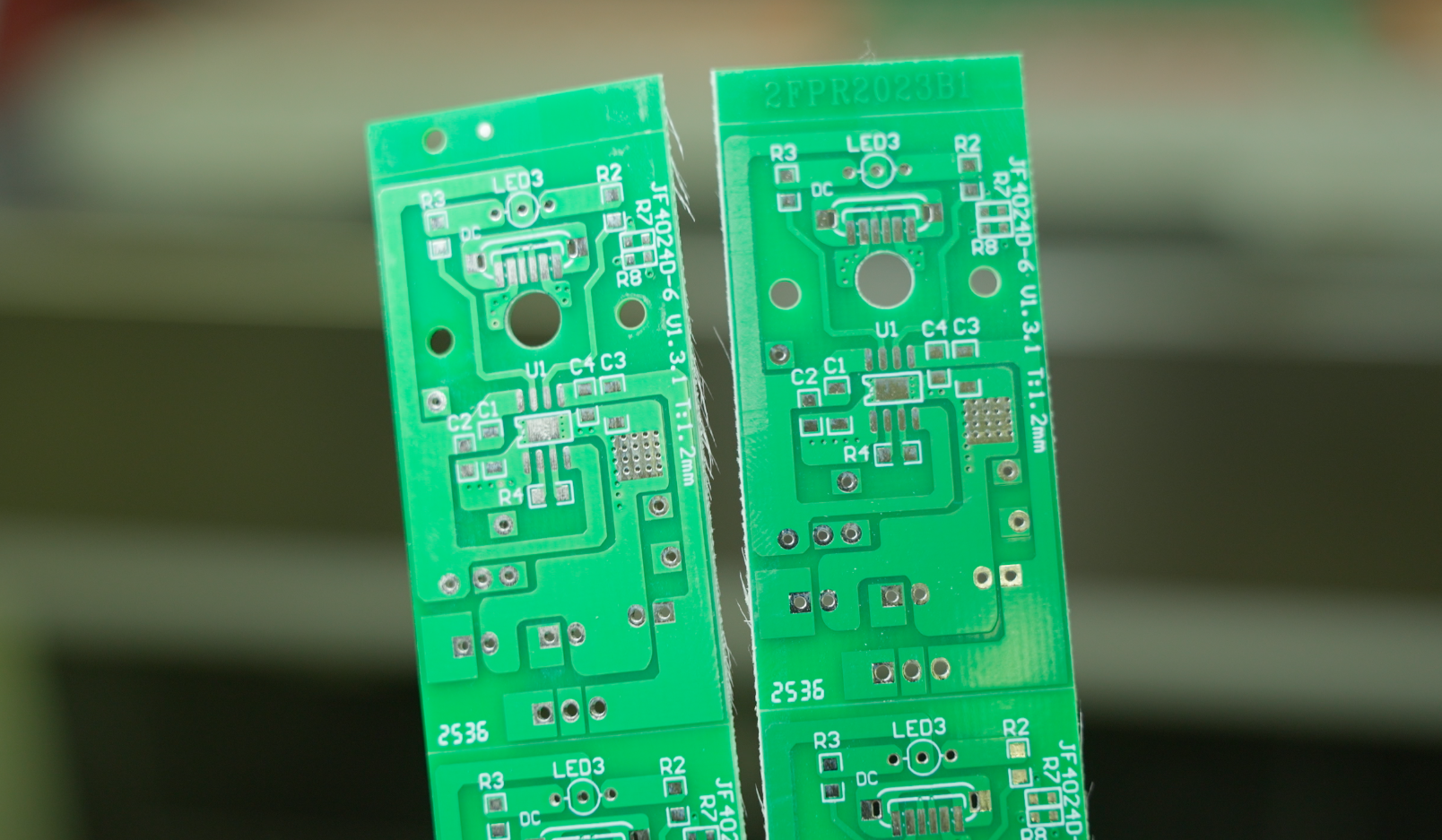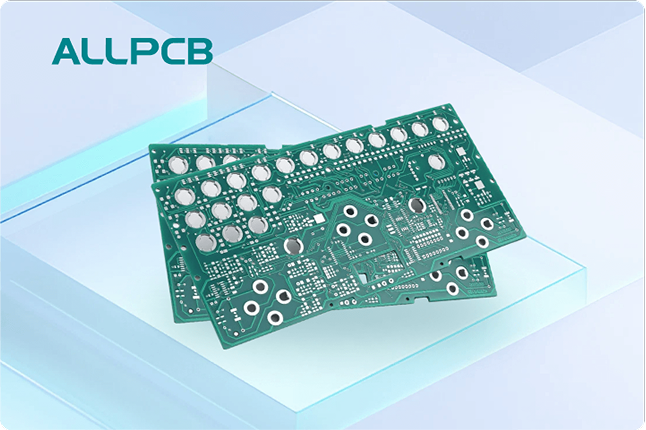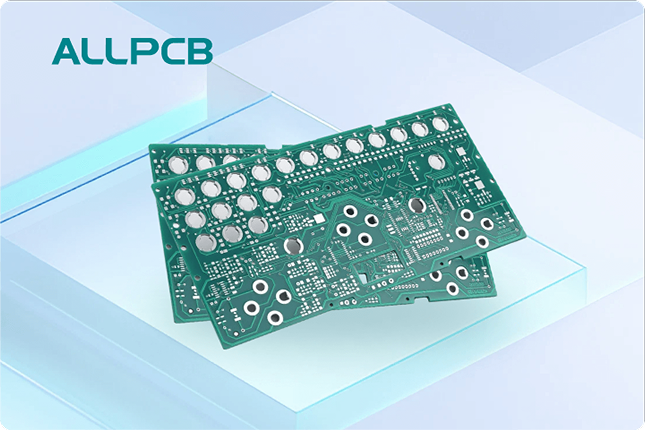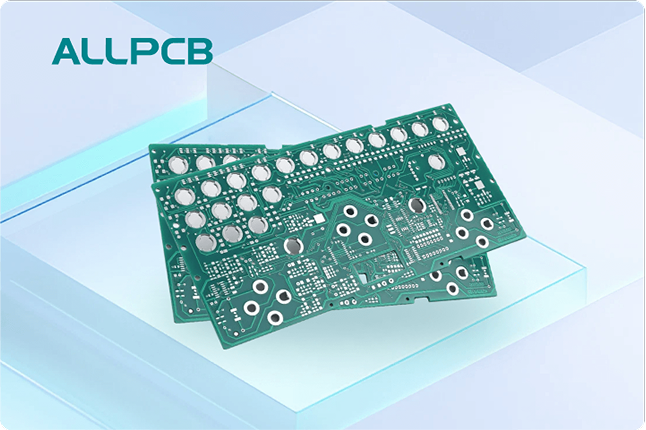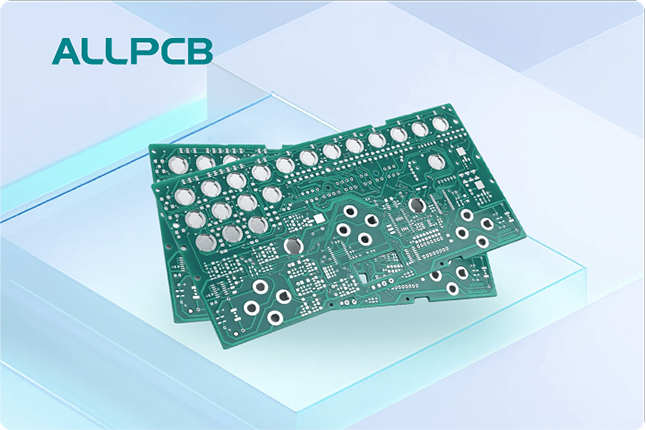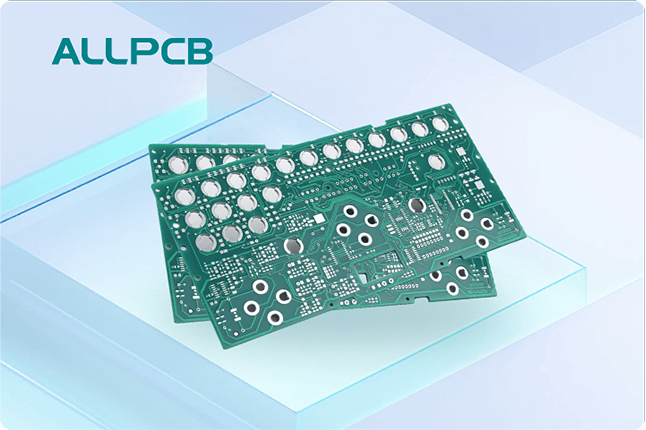When it comes to designing high-density interconnect (HDI) printed circuit boards (PCBs), one of the most critical decisions is selecting the right materials for microvias. But how does PCB microvia material selection impact performance and reliability? In short, the choice of materials directly affects signal integrity, thermal management, and the overall durability of the PCB, especially in compact, high-speed applications. In this blog, we’ll dive deep into the role of microvia materials, explore their influence on PCB performance and reliability, and provide practical insights for making informed decisions in HDI PCB design.
What Are Microvias and Why Do They Matter in HDI PCB Design?
Microvias are tiny holes in a PCB, typically less than 150 micrometers in diameter, used to connect different layers in a multi-layer board. Unlike traditional through-hole vias, microvias are much smaller and are often created using laser drilling technology. They are a cornerstone of HDI PCB design, enabling higher component density and more efficient routing in smaller spaces.
In modern electronics, where devices are shrinking while performance demands are soaring, microvias play a vital role. They help reduce signal path lengths, improve electrical performance, and support the miniaturization of products like smartphones, wearables, and medical devices. However, the materials used for microvias and the surrounding PCB substrate can make or break the board’s success. Poor material choices can lead to signal loss, thermal stress, or even complete failure over time.
The Role of PCB Material Selection in Microvia Performance
PCB material selection is a foundational step in ensuring that microvias perform as intended. The substrate and dielectric materials surrounding the microvias influence several key performance factors, including signal integrity, impedance control, and power distribution. Let’s break down how materials impact these aspects:
1. Signal Integrity and High-Speed Performance
In high-speed circuits, maintaining signal integrity is crucial. The dielectric constant (Dk) and loss tangent (Df) of the PCB material determine how well signals travel through the board without distortion or loss. For instance, materials with a low Dk (around 3.0 to 4.0) and low Df (less than 0.005) are ideal for high-frequency applications because they minimize signal delay and attenuation.
For microvias in HDI designs, materials like high-performance laminates or laser-drillable prepregs are often preferred. These materials support clean, precise microvia formation and reduce the risk of signal reflection or crosstalk, which can degrade performance at frequencies above 5 GHz.
2. Impedance Control
Impedance mismatch is a common issue in high-speed designs, leading to signal reflections and data errors. The material’s dielectric properties directly affect the characteristic impedance of traces connected by microvias. For example, a consistent Dk across the board ensures uniform impedance, typically targeted at 50 ohms for many high-speed digital signals. Choosing a material with stable dielectric properties over a wide temperature range is essential for maintaining this consistency.
How Microvia Materials Affect PCB Reliability
Reliability is just as important as performance, especially in applications where failure is not an option, such as aerospace or medical devices. The materials used in and around microvias impact the board’s ability to withstand thermal, mechanical, and environmental stresses. Here’s how:
1. Thermal Stress Resistance
During PCB assembly and operation, temperature fluctuations can cause expansion and contraction of materials. If the microvia material or surrounding substrate has a high coefficient of thermal expansion (CTE), it can lead to cracks or delamination. For instance, materials with a CTE mismatch between the copper plating of the microvia (around 17 ppm/°C) and the dielectric can fail under thermal cycling from -40°C to 125°C, a common test range for reliability.
To improve reliability, designers often select low-CTE materials, such as advanced epoxy resins or polyimide-based laminates, which better match the CTE of copper. Additionally, using laser-drillable materials ensures cleaner microvia walls, reducing stress concentration points during thermal cycles.
2. Mechanical Durability
Microvias are delicate structures, and their mechanical strength depends on the quality of the material and plating process. Poor material selection can lead to issues like microvia cracking or separation from the surrounding layers, especially under mechanical stress or vibration. Materials with high tensile strength and good adhesion properties help maintain the structural integrity of microvias over time.
3. Resistance to Environmental Factors
Environmental factors like humidity and chemical exposure can degrade microvia reliability. For example, moisture absorption in the PCB material can cause swelling or corrosion of the copper plating inside microvias. Materials with low moisture absorption rates (less than 0.5%) and high chemical resistance are critical for long-term reliability in harsh environments.
Key Microvia Materials for HDI PCB Design
Choosing the right microvia materials involves balancing performance, reliability, and cost. Below are some commonly used materials and their benefits in HDI PCB applications:
1. Laser-Drillable Prepregs
These materials are specifically designed for creating microvias using laser drilling. They offer smooth, uniform surfaces that reduce defects during drilling and plating. Laser-drillable prepregs are often used in high-speed designs due to their low dielectric loss and compatibility with fine-pitch components.
2. High-Performance Epoxy Resins
Epoxy-based materials are widely used for their balance of cost and performance. Advanced epoxy resins with low CTE and high thermal stability are ideal for microvias in applications requiring moderate to high reliability. They can withstand temperatures up to 150°C without significant degradation.
3. Polyimide-Based Materials
For extreme reliability and high-temperature environments, polyimide materials are a top choice. They offer excellent thermal resistance (up to 260°C) and low moisture absorption, making them suitable for aerospace and automotive applications. However, they are more expensive than epoxy-based options.
4. PTFE-Based Materials
Polytetrafluoroethylene (PTFE) materials are known for their extremely low dielectric constant (around 2.1) and loss tangent, making them perfect for ultra-high-frequency designs. They are often used in RF and microwave applications where microvia performance is critical for signal clarity.
Best Practices for PCB Material Selection in Microvia Design
To optimize both performance and reliability in HDI PCB design, follow these practical tips when selecting materials for microvias:
- Match Material Properties to Application Needs: For high-speed designs, prioritize low-Dk and low-Df materials. For harsh environments, focus on low-CTE and high thermal resistance.
- Consider Manufacturing Capabilities: Ensure the material is compatible with laser drilling and plating processes to avoid defects during fabrication.
- Test for Reliability: Use thermal cycling and environmental testing to validate material performance under real-world conditions.
- Balance Cost and Performance: While high-performance materials like polyimide offer superior reliability, they may not be necessary for less demanding applications. Choose cost-effective options when possible without compromising quality.
Challenges in Microvia Material Selection
Despite the advancements in PCB materials, there are still challenges to consider during microvia material selection:
- Material Compatibility: Some high-performance materials may not bond well with copper plating, leading to reliability issues over time.
- Cost Constraints: Advanced materials often come with a higher price tag, which can be a limiting factor for budget-sensitive projects.
- Availability: Not all materials are readily available in every region, which can impact production timelines.
By working closely with your PCB manufacturer, you can navigate these challenges and select materials that meet both technical and budgetary requirements.
Conclusion: Making Informed Choices for HDI PCB Success
The impact of PCB microvia material selection on performance and reliability cannot be overstated. From ensuring signal integrity in high-speed designs to withstanding thermal and mechanical stresses, the right materials are the backbone of a successful HDI PCB. By understanding the properties of different materials—such as laser-drillable prepregs, epoxy resins, polyimide, and PTFE—you can make informed decisions that enhance both the functionality and durability of your designs.
Whether you’re working on cutting-edge consumer electronics or mission-critical industrial systems, prioritizing PCB material selection for microvias will lead to better outcomes. Take the time to evaluate your application’s specific needs, test potential materials, and collaborate with experienced manufacturers to achieve optimal results. With the right approach, your HDI PCBs will deliver the performance and reliability required for today’s demanding applications.
 ALLPCB
ALLPCB


